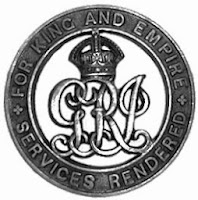50 years ago today, I was a student living in a small room in an old Victorian house in Manchester. I can still visualise it vividly. We called it a bedsit, which was short for a combined sitting room and bedroom, and it also had a tiny gas cooker and a sink, so it was a kitchen too. Maybe today you would call it a studio apartment.
I didn’t have a TV, just a small radio. I can’t remember what I was listening to when they broke into the programme with a newsflash. Shots had been fired at the motorcade in Dallas and the President had been injured. Half an hour or so later came the news that he was dead.
I remember feeling a sense of total shock. It was the first major assassination in my lifetime (I was too young to remember Gandhi’s death) and it felt like the end of an era. After growing up with older Presidents (Truman and Eisenhower) and even older Prime Ministers here in the UK, Kennedy had been a charismatic – and young – world figure. I remember watching his inaugural speech on TV, and also the famous ‘Ich bin ein Berliner’ statement. Okay, we all held our breaths for a week in October 1962 when he challenged the Russians in the Cuban Missile Crisis, but he (and Jackie too) really was different from anything we’d known in the political scene.
All the controversy following JFK’s death has fascinated me ever since. Different theories continue to appear. The most recent one I heard was that the 3rd shot came from the Secret Service car behind the President’s car. Most people, it seems, reject the 'lone gunman' theory. Jack Ruby's killing of Lee Harvey Oswald adds credence to this, in my opinion, as well as so many other unanswered questions surrounding Kennedy's death. Maybe eventually the truth will be revealed.
Despite the inevitable later criticisms of different aspects of Kennedy’s political decisions and personal life, the fact remains that he is still seen as a symbol of change and hope at the start of the 1960s. Because his presidency was cut short, we can never know just what he would have achieved in the spheres of civil rights and other social issues during what almost certainly would have been his second term of office. We don’t know, either, whether he would have embroiled America in a long war in Vietnam.
All we do know, those of us who lived at the time, is that
the world changed on November 22nd, 1963.
 |
| R.I.P, JFK |



















